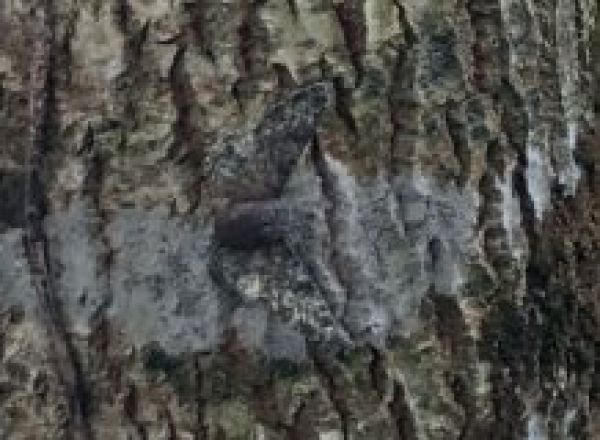They showed that differences in the survival of pale and dark forms of the peppered moth (Biston betularia) are explained by how well camouflaged the moths are to birds in clean and polluted woodland.
“Industrial melanism” – the prevalence of darker varieties of animals in polluted areas – and the peppered moth provided a crucial early example supporting Darwin’s theory of evolution by natural selection, and has been a battleground between evolutionary biologists and creationists for decades.
The common pale form of the moth is camouflaged against lichen growing on tree bark. During the Industrial Revolution – when pollution killed lichen and bark was darkened by soot – a darker-winged form emerged in the UK.
Later, clean air legislation reduced soot levels and allowed lichen to recover – causing a resurgence of pale peppered moths.
Continue reading at University of Exeter
Image via University of Exeter


